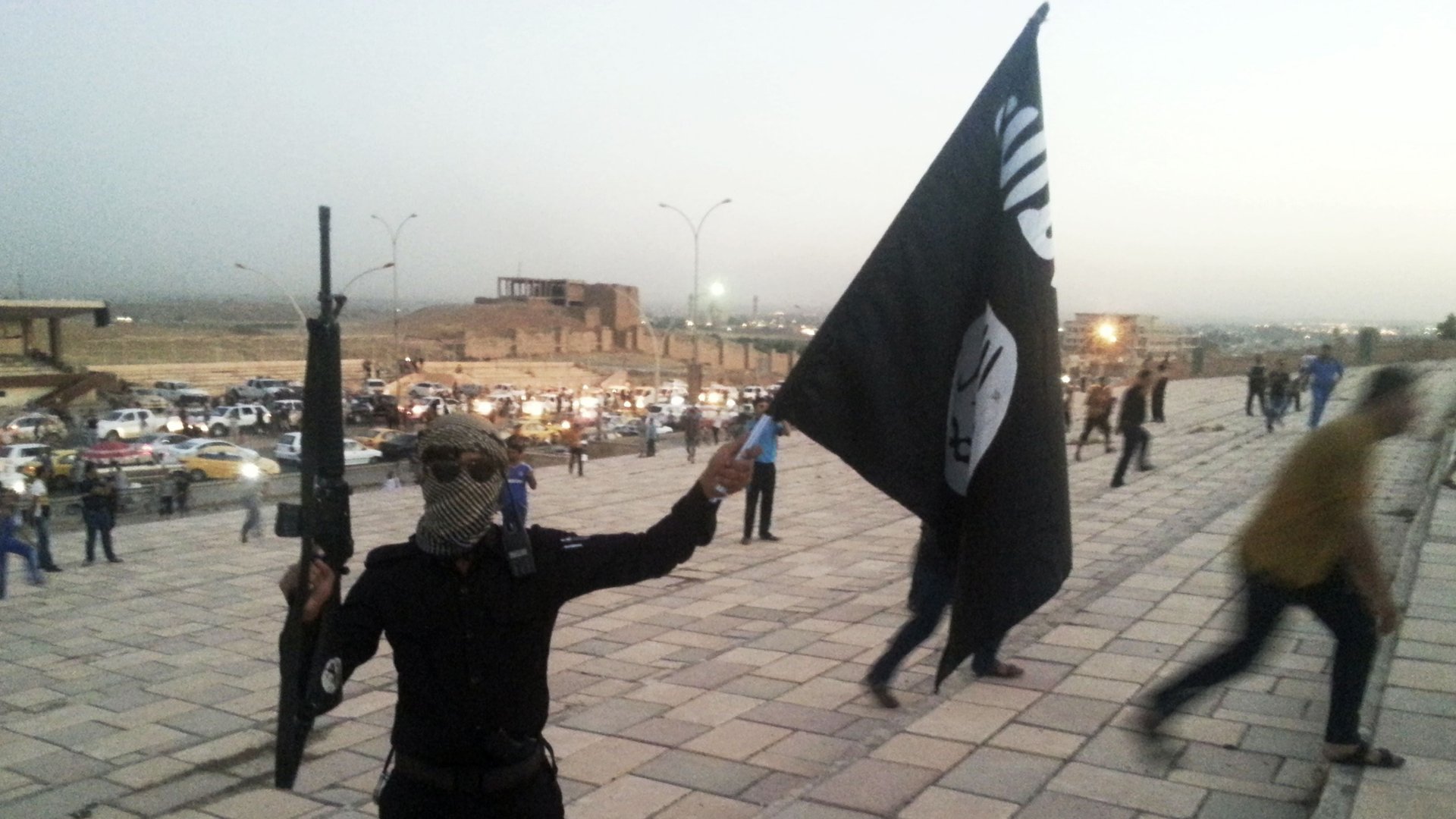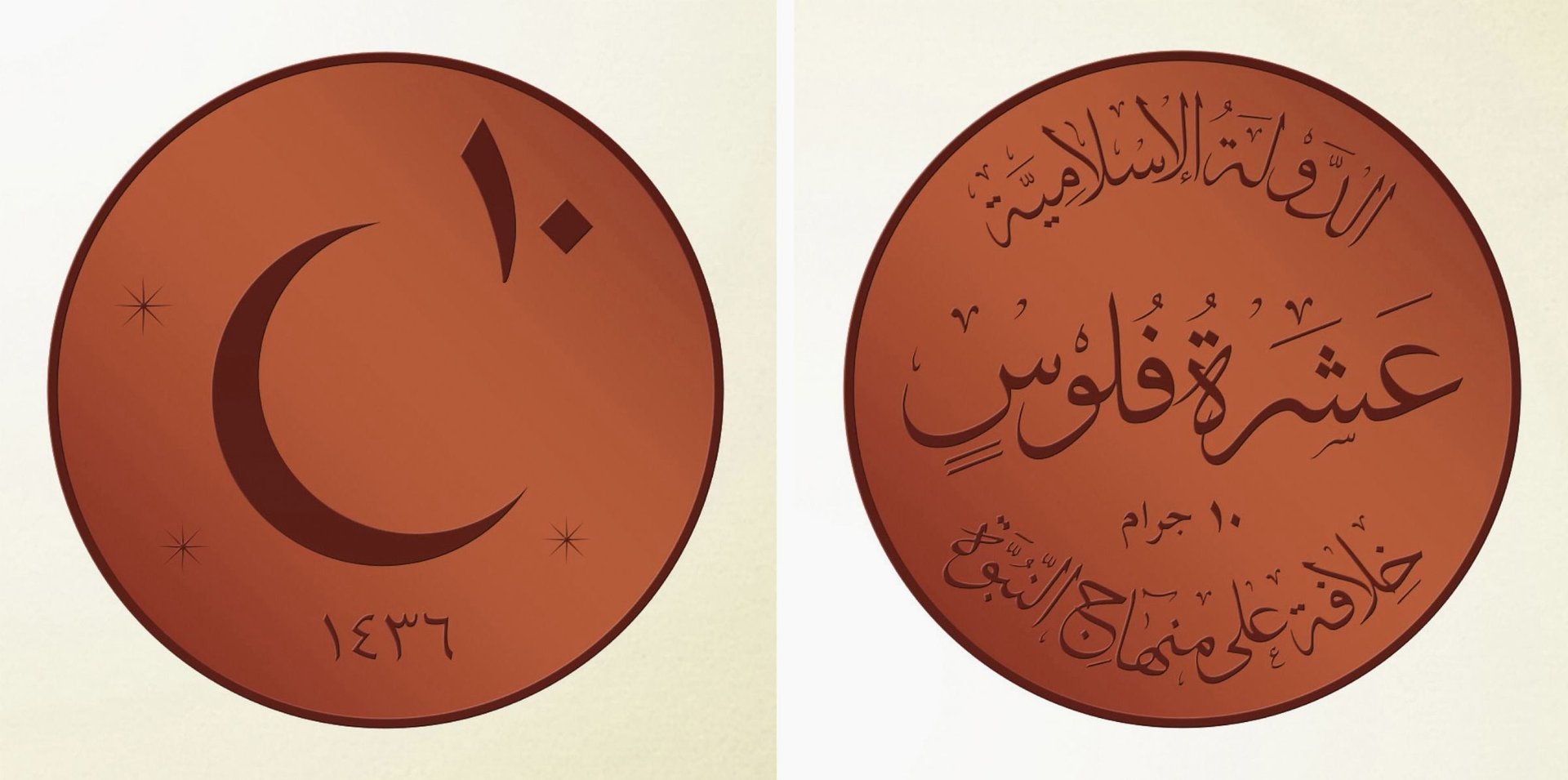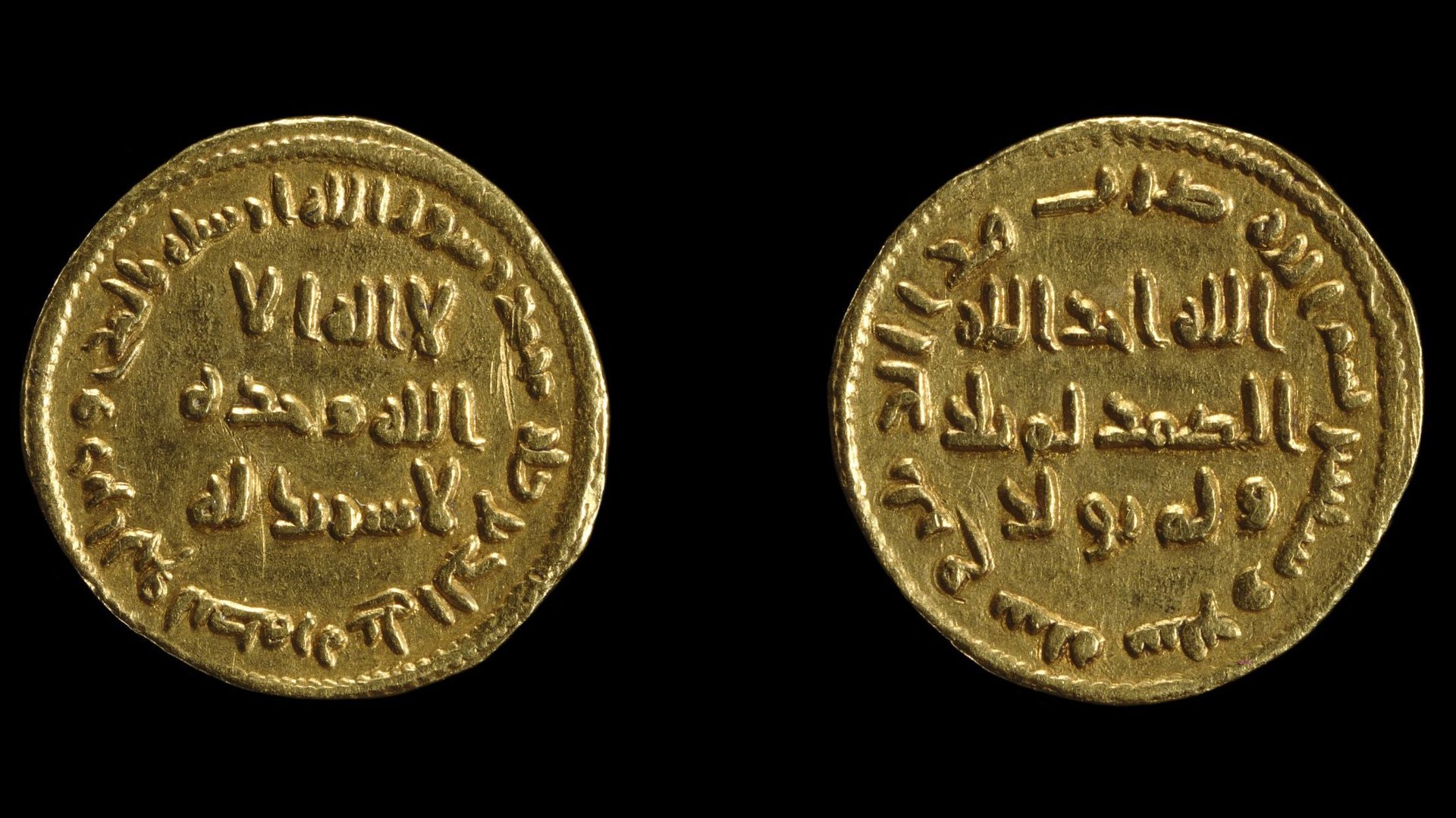What the Islamic State’s currency tells us about the bloody origins of money
The propaganda war from ISIL, the Sunni jihadist group controlling swaths of northern Iraq and Syria, took a somewhat expected turn last week. The black-clad fighters best known for their months-long jag of mass killings and filmed beheadings suddenly wanted to talk about monetary policy.


The propaganda war from ISIL, the Sunni jihadist group controlling swaths of northern Iraq and Syria, took a somewhat expected turn last week. The black-clad fighters best known for their months-long jag of mass killings and filmed beheadings suddenly wanted to talk about monetary policy.
On Thursday, the group’s heretofore unknown finance ministry announced vague plans to mint a series of gold, silver, and copper coins for its own currency, to be called Islamic dinars. Accord to a translation from Site Intelligence, a group that tracks jihadist activity, the shadowy leader of ISIL (a.k.a. the Islamic State or ISIS) had ordered such coins to be minted as “it is far removed from the tyrannical monetary system that was imposed on the Muslims and was a reason for their enslavement and impoverishment.”

The coinage plans appear a pretty straightforward—if feeble—effort by the group to demonstrate some sort of behavior that would be consistent with the existence of a responsible, functioning state.
The notion of the gold dinar taps into a deep history of Islamic coinage that stretches back almost to the time of Muhammad himself. But the premise for an ISIL currency is rooted in an even earlier era, reaching what theorists believe to be the dimly remembered, and downright bloody, origins of money.
The Islamic dinar appeared in 696 A.D., when the Arab world was at peak imperial strength. The Umayyad empire—based in Damascus—stretched from the Iberian peninsula to the Indus river in south Asia. That swath of territory was the culmination of decades of warfare, which consolidated not only political power but also vast stores of loot. In his magisterial work Debt: The First 5,000 Years, monetary anthropologist David Graeber wrote:
“Over the course of the wars of expansion, for example, enormous quantities of gold and silver were indeed looted from palaces, temples and monasteries and stamped into coinage, allowing the Caliphate to produce gold dinars and silver dirhams of remarkable purity.”

The Umayyads didn’t invent monetary policy based on looting. It had always been the basis of ancient wartime finance. (After all, the origin of the word “dinar” is derived from the denarius, used by the Romans.) Some think that the world’s first coins, created in the seventh century BC, were merely an attempt to efficiently pay mercenary warriors. In fact, some theorists argue that the origins of market economics and money—and more specifically coined money—are inextricably tied to the violence and trauma of early warfare, which undermined the communal relationships that allowed systems of borrowing and repaying to prevail in peacetime. During wartime, transient soldiers and merchants wanted to be paid in cash, because no one knew who would be alive to repay a debt later on.
“Cash markets arose through war,” Graeber wrote. “Largely through tax and tribute policies that were originally designed to provision soldiers, but that later became useful in all sorts of other ways besides.”
In a truly horrific way, the Islamic State seems to be a stark throwback to practices of ancient war-making. One need only read the stomach-churning account published by the New York Times over the weekend of ISIL fighters claiming their spoils in the form of young girls taken for enslavement. But even in that there is a strange distant echo of early financial practice, in which enslaved women were used as a medium of exchange and a store of value. (In fact, in Medieval Ireland slave girls were actually a unit of currency, known as the cumal.)
Will ISIL’s numismatic ambitions similarly be realized? Don’t bet on it. While ISIL has proven its ability to take and hold territory, very little of it has contained hoards of silver and gold bullion that could be looted and then stamped into circulating coins.
This isn’t to say the group is deprived of financial resources. Several reports have noted ISIL’s fighters’ penchant for bank robbery. The group seizes and auctions off property it has stolen from people it has killed or forced to flee. It runs a robust extortion racket. The US Treasury Department estimates that kidnapping ransoms have generated about $20 million already, while the oil resources now under ISIL’s control produce somewhere between $1 million and $2 million a day.
But in monetizing all of its spoils, it is worth noting ISIL’s payment preferences. As David Cohen, the US Treasury official charged with cutting off financial flows to ISIL—he probably knows as much about the financial habits of the group as anybody—told US reporters in February October, “I assume the preferred currency of ISIL, like the preferred currency of everyone around the world, is the US dollar.”